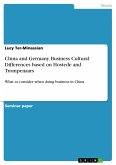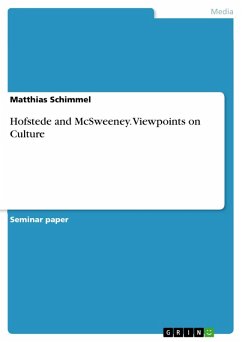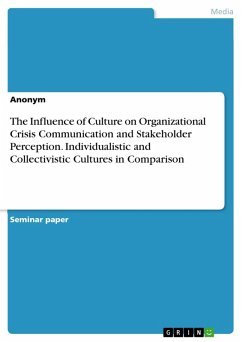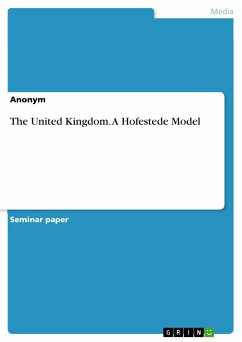Essay from the year 2011 in the subject Communications - Public Relations, Advertising, Marketing, Social Media, grade: 2,0, Queen Margaret University, language: English, abstract: This paper aims to illustrate a contrast between two writings, namely, from the dominant paradigm's point of view, and writing with notions of the critical paradigm. It also demonstrates the differences between the two paradigms. The focus will be on expounding the purposes and objectives of the pieces of writing, as well as on the assumptions, arguments and the evidence presented in them. By comparing the articles ‘Public Relations Theory in Practice’ from Heath and Coombs (2006) and ‘Public Relations Models and Persuasion Ethics: A New Approach’ from Fawkes (2007), it is important to keep in mind, that the first text is written from the dominant paradigm's point of view, whereas the latter espouses the notions of the critical paradigm. To be able to contrast the two texts, first it is necessary to provide simple definitions of the paradigms. In general, a paradigm is a worldview, which influences the way in which people understand the world around them. Therefore, a dominant paradigm is the most popular worldview which is adopted by most people and dominates the debate. It is also regarded as the most important approach, which comprises a set of beliefs (assumptions), that the discipline represents. The most essential point of a critical paradigm from the perspective of this paper is that it aims to challenge the dominant paradigm. A desirable result would be a paradigm shift, which is usually the aim of moving between two paradigms, for example the shift from traditional environmental paradigm to the paradigm of sustainable development. This knowledge can be applied to the discipline of Public Relations and helps to contrast both articles.









